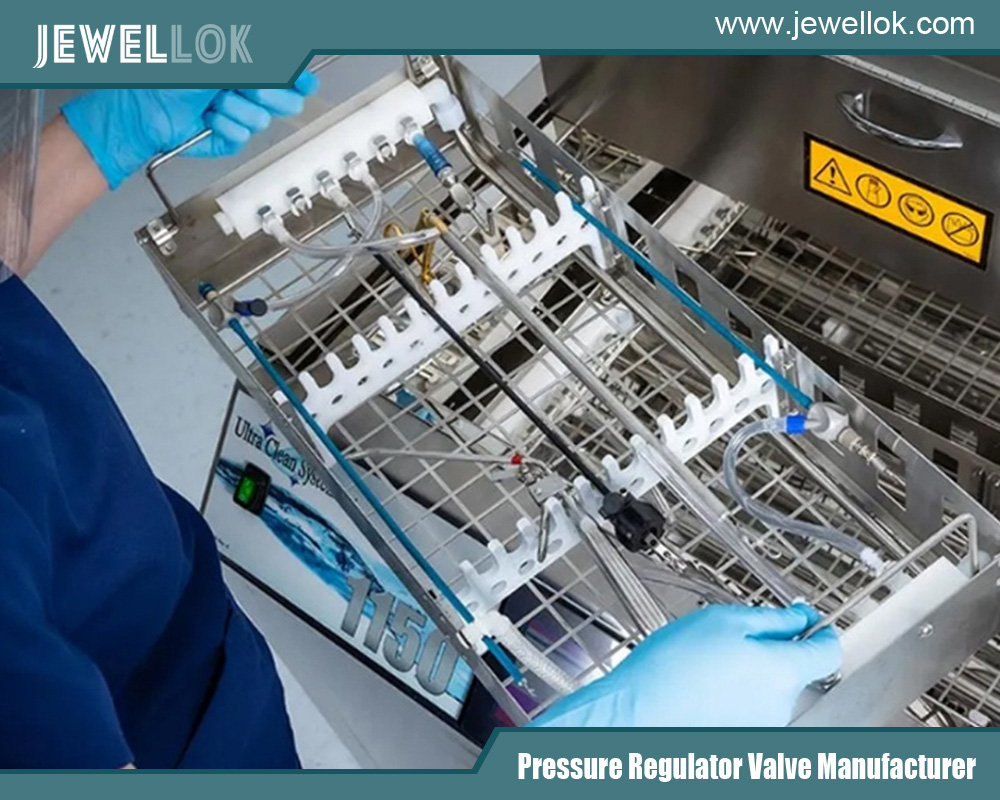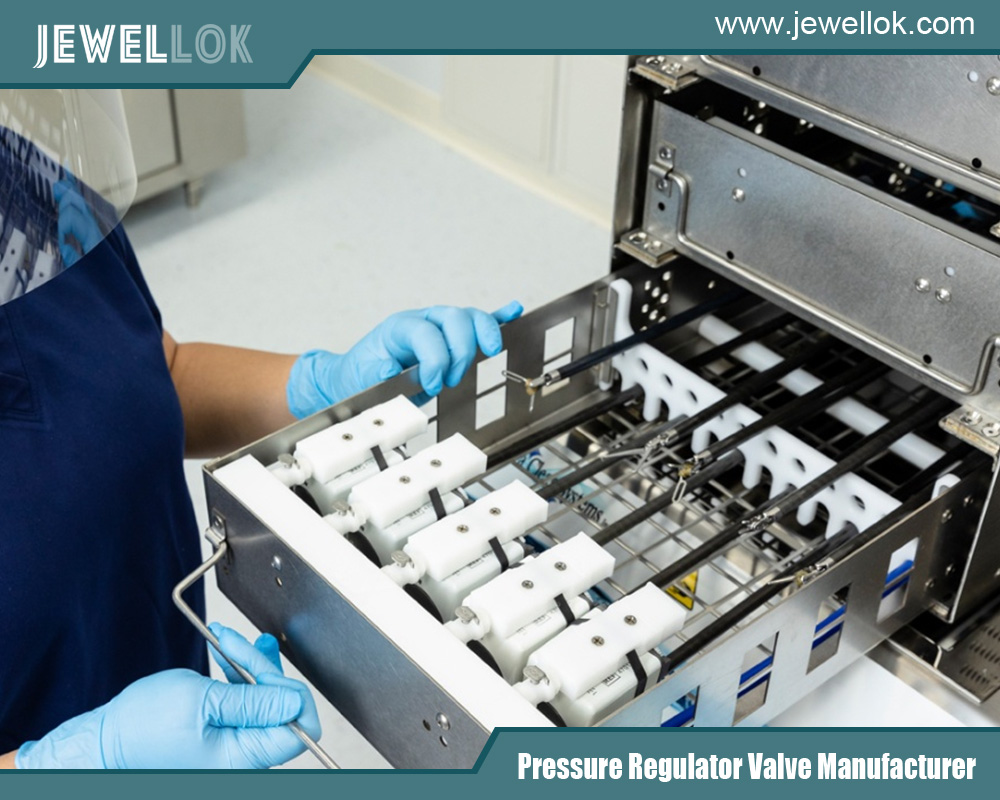Blog
Jewellok is a professional pressure regulator and valve manufacturer and supplier.
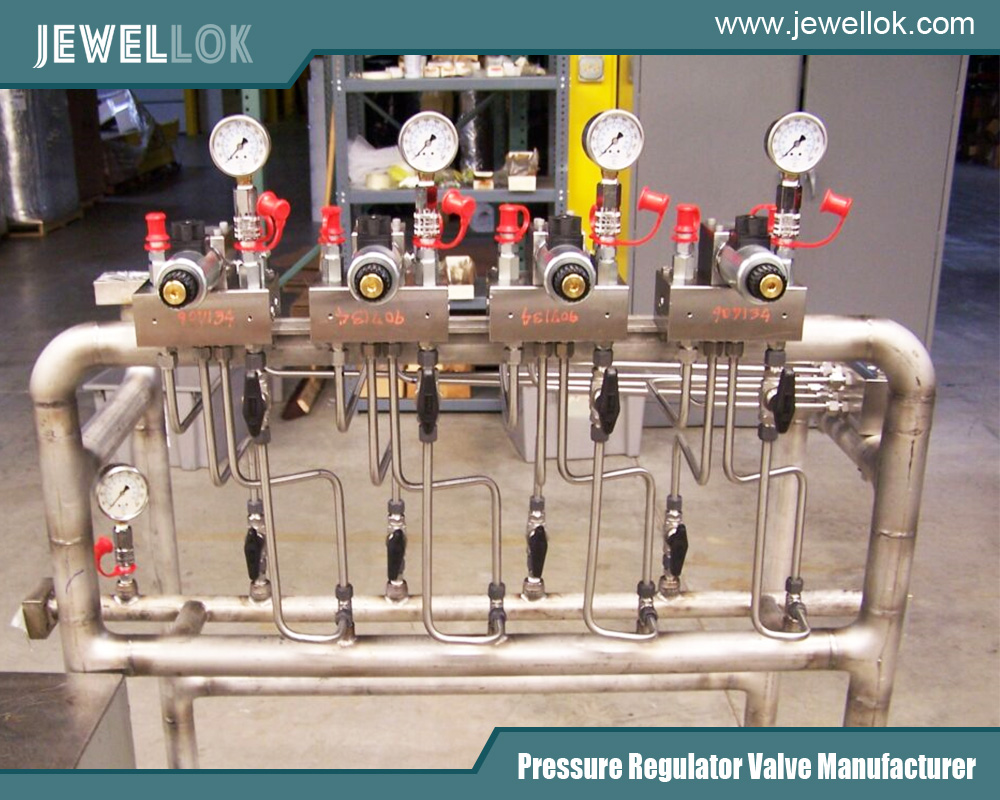
Understanding Gas Pressure Regulators: What They Are and How They Work
- Pressure Regulator Valve Manufacturer
- 1 1 2 gas pressure regulator, 1/2 gas pressure regulator, 6mm compression union, 6mm equivalent, argon gas pressure regulator, Diaphragm Valve Manufacturers, gas manifold system, gas pressure regulator factory, gas pressure regulator hotsale, gas pressure regulator how it works, gas pressure regulator manufacturer, gas pressure regulator supplier, gas pressure regulator wholesale, gas pressure regulators, high purity regulator, High-Flow Manual Gas Pressure Regulators, how a gas pressure regulator works, how a solenoid works, how does pressure regulator work, how gas pressure regulator works, industrial regulators, oxygen regulator gauge, safety valve and relief valve difference, safety valve vs relief valve, semiconductor gas, what is a gas pressure regulator
- No Comments
Understanding Gas Pressure Regulators: What They Are and How They Work
In residential and industrial settings, gas pressure regulators are crucial in ensuring the safe and efficient use of natural gas, propane, and other fuel gases. These devices control the pressure at which gas flows from the supply system to various appliances or equipment. Gas pressure can fluctuate without proper regulation, leading to potential hazards, inefficient operation, or equipment failure. This article delves into what a gas pressure regulator is, how it works, its key components, and its applications, shedding light on why it’s indispensable for gas-powered systems.
What Is a Gas Pressure Regulator?
A gas pressure regulator is a mechanical device designed to maintain a consistent output pressure regardless of fluctuations in the incoming gas pressure. It ensures that gas flows to appliances or equipment at a safe and appropriate pressure level, preventing damage and optimizing performance.
Critical Functions of a Gas Pressure Regulator:
- Pressure Regulation:The primary function is to reduce high input pressure to a stable, usable output pressure.
- Safety:Maintaining consistent pressure reduces the risk of gas leaks, equipment damage, and fire hazards.
- Efficiency:Ensures that appliances or gas systems operate optimally, preventing wasted fuel.
In essence, a gas pressure regulator acts as a gatekeeper for the pressure of the gas supply, making it safe for use in various devices, from home heating systems to industrial machinery.
How Does a Gas Pressure Regulator Work?
The working mechanism of a gas pressure regulator is relatively simple but highly effective. A gas supply typically enters the regulator at a high pressure, while the appliance or system it feeds requires a much lower and consistent pressure for proper operation. The regulator combines mechanical and pneumatic elements to reduce and stabilize the gas pressure.
Here’s a simplified explanation of the process:
- Input Gas Pressure:Gas enters the regulator at a high and varying pressure, which could come from a pipeline or gas cylinder.
- Pressure Reduction Mechanism:Inside the regulator, a spring-loaded valve or diaphragm detects the incoming pressure. If the pressure is too high, the valve opens, releasing gas to reduce the pressure.
- Regulated Output Pressure:Once stabilized, the regulator releases gas at a constant, pre-set output pressure suitable for the connected appliance or equipment.
This process ensures that the gas is delivered in the correct amount and pressure, ensuring safe operation. The regulator constantly adjusts as needed, responding to fluctuations in the incoming gas pressure.
Critical Components of a Gas Pressure Regulator
Gas pressure regulators comprise several critical components that effectively regulate gas pressure. Understanding these components helps to appreciate the device’s complexity and reliability.
- Inlet Connection:This is the point where the gas enters the regulator from the source, such as a pipeline or cylinder. It is often fitted with a filter to prevent debris from entering the system.
- Pressure Sensing Mechanism:This can be a diaphragm or spring mechanism that detects changes in gas pressure and adjusts the regulator’s valve accordingly.
- Valve and Valve Seat: These components control the flow of gas. The valve opens or closes in response to the pressure readings, allowing more gas through or restricting flow to maintain a consistent output pressure.
- Adjustment Screw or Knob:Some regulators feature an adjustment screw that allows users to fine-tune the output pressure to suit their specific needs.
- Outlet Connection:The point where regulated gas is sent to the appliance or system for use. This connection is typically fitted with a sealing mechanism to prevent gas leaks.
- Pressure Gauge (Optional):Some regulators come with a built-in pressure gauge that displays the inlet and outlet pressure, allowing users to quickly check the regulator’s performance.
Types of Gas Pressure Regulators
Gas pressure regulators come in various designs and sizes, each suited for specific applications. They are designed to handle different types of gases, flow rates, and pressures, ensuring optimal performance for a wide range of gas-powered systems.
Here are the main types of gas pressure regulators:
Single-Stage Regulators:
- Single-stage regulators reduce high gas pressure to a safe, usable level in a single step. They are simple and cost-effective but may not be suitable for systems where pressure can fluctuate significantly.
Two-Stage Regulators:
- Two-stage regulators feature a two-step pressure reduction process. The first stage reduces the pressure from the source to an intermediate level, while the second stage further reduces the pressure to the desired level. This more accurate and stable design makes it ideal for systems where pressure fluctuations are common.
Internal-Reset Regulators:
- These regulators automatically adjust the pressure when the system fluctuates, ensuring consistent output without needing manual intervention. They are used in applications where the supply pressure can vary significantly.
External-Reset Regulators:
- External-reset regulators require the user to manually adjust the pressure setting using an external control knob or screw. They are typically used in systems requiring precise, consistent output pressure.
Applications of Gas Pressure Regulators
Gas pressure regulators are employed in various applications, from household gas supply to large-scale industrial uses. Below are some of the most common applications:
Residential Gas Supply:
- In homes, gas pressure regulators control the pressure of natural gas or propane entering appliances such as water heaters, stoves, and furnaces. These regulators ensure that gas is supplied at a consistent and safe pressure level.
Industrial Applications:
- Industries rely on gas pressure regulators to control the pressure of various gases used in manufacturing processes, heating systems, and laboratories. Gas regulators are also used in welding, chemical processing, and HVAC systems.
Medical Gas Systems:
- In healthcare, regulators control the delivery of gases like oxygen, nitrogen, and nitrous oxide to ensure the correct pressure for medical equipment. Accurate pressure regulation is vital for patient safety.
Cylinders and Bottled Gases:
- Gas cylinders, used for various purposes, from cooking to scientific applications, are often equipped with pressure regulators to reduce the high pressure in the cylinder to a usable level for different applications.
Propane Systems:
- For outdoor grills, heating systems, and propane-powered vehicles, regulators are used to reduce the pressure from propane tanks to the correct level for consumption.
Why Are Gas Pressure Regulators Important?
Gas pressure regulators are essential for several reasons:
Safety:
- High or fluctuating gas pressure can lead to dangerous situations, such as leaks, explosions, or equipment damage. A gas pressure regulator helps prevent these risks by ensuring the gas pressure remains within safe limits.
Efficiency:
- Gas-powered systems function optimally only when they receive stable and consistent pressure. Regulators ensure that gas is delivered efficiently, reducing waste and improving performance.
Cost Savings:
- Proper pressure regulation can extend the lifespan of appliances and equipment, reducing maintenance costs and avoiding costly repairs due to pressure-related damage.
Compliance with Standards:
- Many safety standards and regulations require the installation of gas pressure regulators in specific systems. Regulators help ensure compliance with these requirements, particularly in commercial, industrial, and medical applications.
Troubleshooting and Maintenance of Gas Pressure Regulators
While gas pressure regulators are designed to be reliable and long-lasting, regular maintenance and occasional troubleshooting are necessary to keep them functioning correctly.
Common Issues:
- Erratic Pressure Output:This could be caused by a worn-out diaphragm, damaged valve, or debris clogging the regulator.
- Gas Leaks:Leaks at the regulator’s connection points may indicate faulty seals or O-rings needing replacement.
- No Gas Flow:If the regulator is not allowing gas through, the valve may be blocked or improperly set.
Maintenance Tips:
- Regular Inspections:Check the regulator for signs of wear, leaks, or corrosion.
- Clean Connections:Keep inlet and outlet connections clean and free of debris.
- Test Output Pressure:Use a gauge to verify that the output pressure remains consistent periodically.
Conclusion
Gas pressure regulators are indispensable devices that ensure the safe and efficient use of gases across various applications, from residential heating to industrial processes. These devices protect people and equipment by regulating and stabilizing gas pressure, improving safety and operational efficiency. Understanding how gas pressure regulators work, their components and their applications can help users make informed decisions about their installation and maintenance. Whether you are a homeowner, industrial operator, or medical professional, a reliable gas pressure regulator is essential for safe and effective gas use.
For more about understanding gas pressure regulators: what they are and how they work, you can pay a visit to Jewellok at https://www.jewellok.com/ for more info.
Recent Posts
Tags
Recommended Products
-

768L Stainless Steel Male Tube Butt Weld Connector | Clean Weld Fittings And Ultra-High Purity Fittings
-
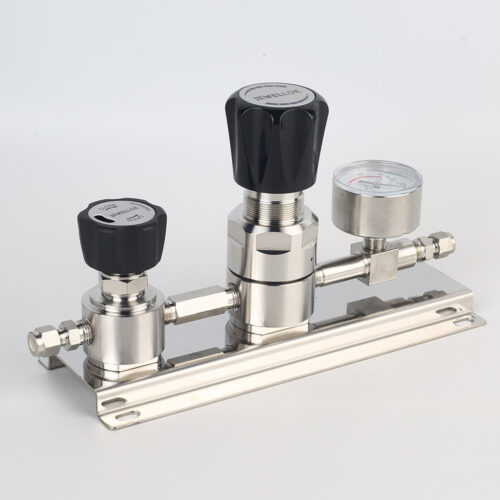
High Purity High Flow Pressure Control Regulators & Valves Gas Stick Assemblies JSR-2TG Series
-
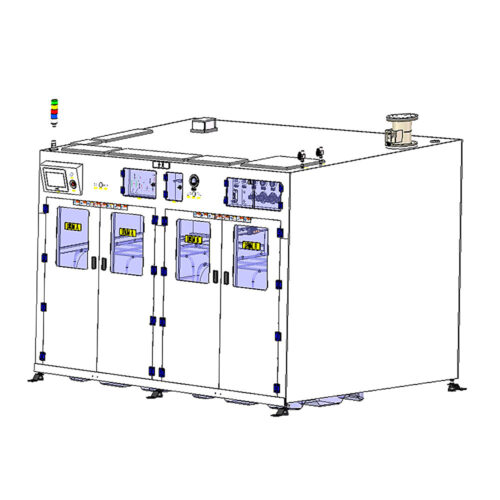
High Purity Chemical Dispense System & Packing System For Semiconductors JW-200L-CDM & JW-1000L-CDM
-
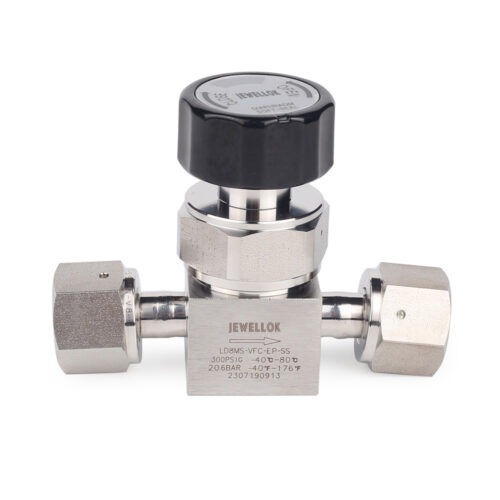
Flow Control Stainless Steel Low Pressure Manual Diaphragm Valve For High Purity And Ultra High Purity Gases
-
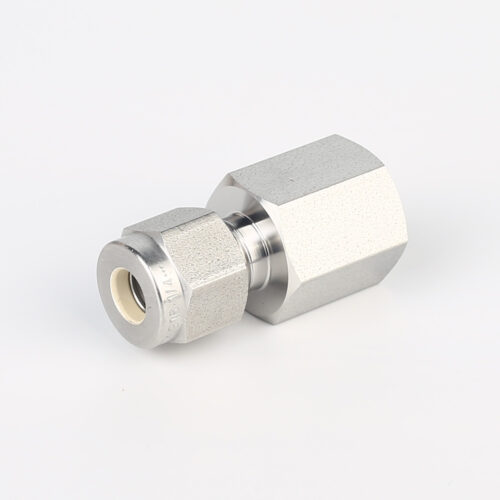
766L High Purity Female Connector UHP Fitting Female Connector
-
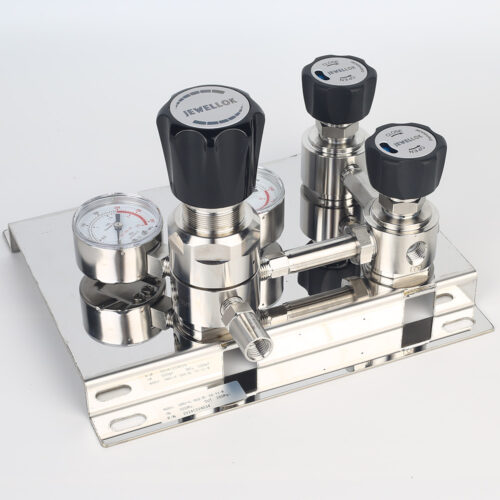
Stainless Steel 316L Single Stage Regulator Pressure Control Panels JSP-1E Series For Semiconductor Fluid Control
-
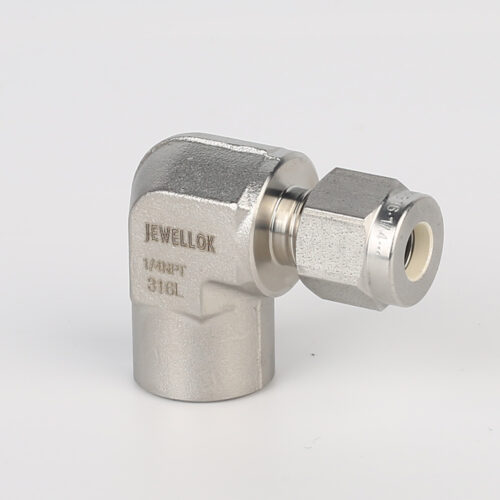
770L Female Elbow | Stainless Steel High Purity Weld Fittings Female Micro Elbow Fittings
-

High Pressure High Temperature Pneumatic Ultrahigh Purity Stainless Steel Diaphragm Valves
